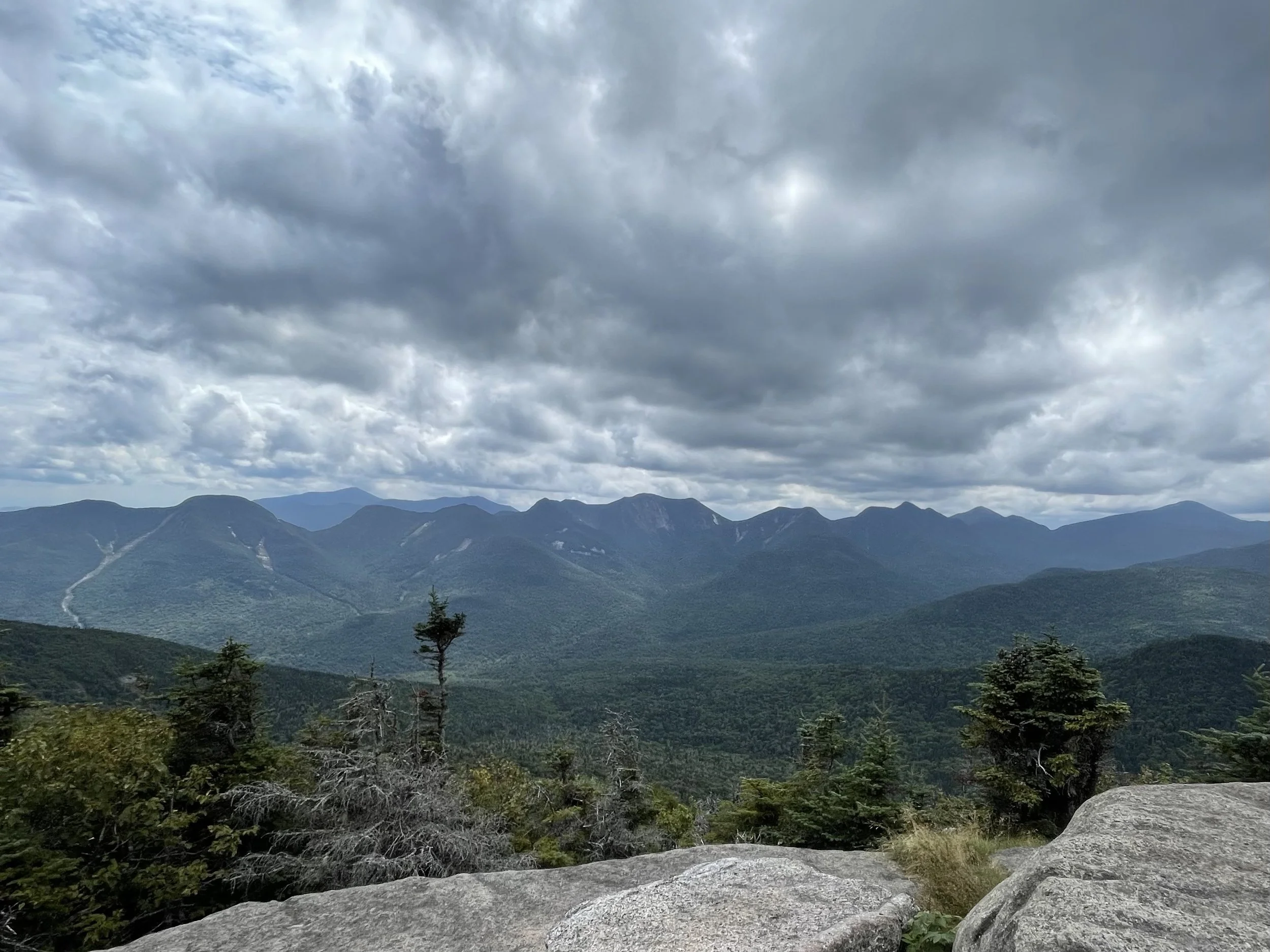The HP 12C — Unchanged since 1981
Every year when the new iPhones are introduced by Apple, as they a few weeks ago, the debate begins. Are they exciting enough to make people want to upgrade? This question will be debated ad nauseam by the tech bloggers. Though I now wait two or three years before updating my device (passing along my old one to other members of my family, I enjoy seeing the new features and designs and considering whether there is something compelling to make me want to upgrade earlier.
This year, I won’t be upgrading my iPhone 15 Pro, which is working well and does everything I want but I did recently upgrade one piece of my tech kit that has been unchanged for more than 45 years.
In 1981 Hewlett Packard computer company came out with a series of calculators called the Voyager Series (after the spacecrafts that were sent to explore the outer planets of our solar system and are also remarkably still functioning today.
There were various models of these calculators targeted at different customers. There was one for scientists (HP 15C), one for computer programers (HP 16C), and the one I have that was marketed to people who worked in finance, the HP 12C.
The distinguishing feature of all of these calculators was their horizontal layout and their use of RPN, Reverse Polish Notation, for numeric entry.
Most of these calculators were discontinued, leaving a cult following of people who buy, sell and collect them on sites like eBay. But the 12C is still being made and can still be purchased new. They are no longer made in the U.S. and the new ones use a different kind of battery but otherwise the layout of the keys and the function is unchanged. You can buy a new one on Amazon for about $35. There is also a another version called the HP 12C Platinum which has a faster processor and can use algebraic entry in addition to RPN but is otherwise the same. It’s around $5 more.
What does it do and why does it have such a fan base that this piece of 45 year old tech is still being sold unchanged? Well, it does all of the arithmetic functions of any calculator, of course (once you learn the RPM input), but the financial functions are what make it shine. You can do all kinds of financial projections, find the return on an investment, calculate the value of a bond when the prevailing interest rate changes, and the amount of a mortgage payment when the interest rate, term, and amount borrowed are known. You can also write little programs for it that allow you to do things like compare whether it may be better to rent or to buy a place to live. You can calculate the number of days between two dates and the percent difference between two numbers with the touch of a key.
Yes, you can do all these things on a computer with a spreadsheet but there is something very enjoyable about having this computational power on a standalone device you can hold in the palm of your hand. And once you go RPN, you’ll never go back.
My 12C is an original model, made in the US in the 80s. I found it in like new condition on eBay with the box and the original manuals for about $40. Shortly after purchasing around 8 years ago , I had to replace the button batteries but it has run ever since on that same set. There was a learning curve to understand how to use all it’s functions (some of which I still don’t understand) but fortunately, it came with the original manual, which I spent hours working my way through.
I also have a 12c emulator app that runs on my iPhone but the real one is more fun to use.
I didn’t think there was any new feature that could tempt me to upgrade my beloved HP 12C until a few weeks ago, when I saw this clone from a Swiss company called Swiss Micros.
Adopted baby sister from Switzerland
Swiss Micros makes clones of all the old Voyager Series calculators including the 12C in a credit card sized model. When I saw it, I knew I had to have one.
In addition to the tiny size, it has a few other improvements including a two line display and the ability to show the time and date. Nice to have but not game changers.
Though thicker than a credit card it fits in my wallet. Now I can carry my HP 12C functionally on a dedicated device everywhere I go and can always be ready to calculate a loan payment or convert a currency whenever the need may arrive or, more commonly, to calculate the tip in a restaurant.
I still love my original HP 12C. Being larger it is easier to use and the keys are more clicky and feel better. It is still the one I reach for when I am at home. It’s the fountain pen of calculators but not my only vintage one. I also have this Walther WSR 160, one of the last and greatest mechanical pinwheel calculators. No batteries needed.
The last and best of the mechanical calculators — The Walther WSR 160 circa 1960 made in the Federal Republic of Germany. I use it as a calendar which gives me a reason to turn the crank every morning.
Is there a piece of vintage that you still use and love? Are you ever tempted to trade it in for a new model? Drop a comment below. No spouse jokes, please!
The world’s a narrow bridge; fear nothing.






